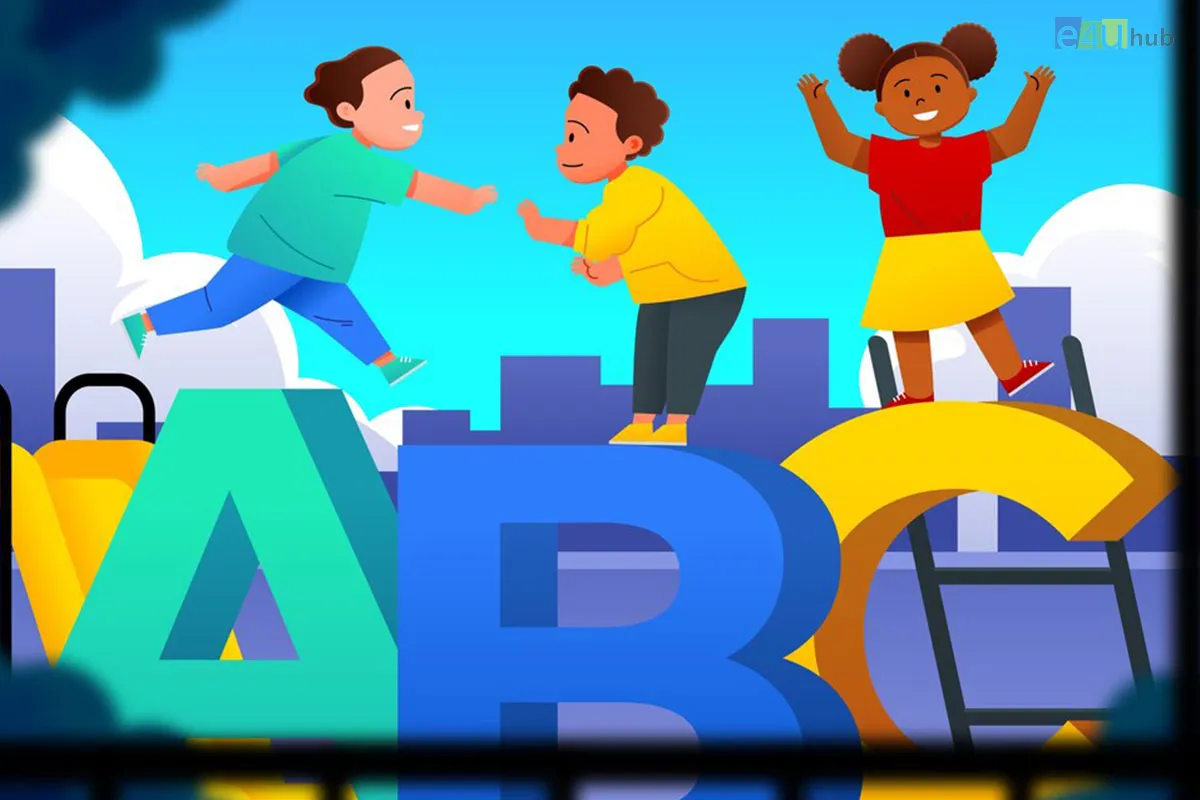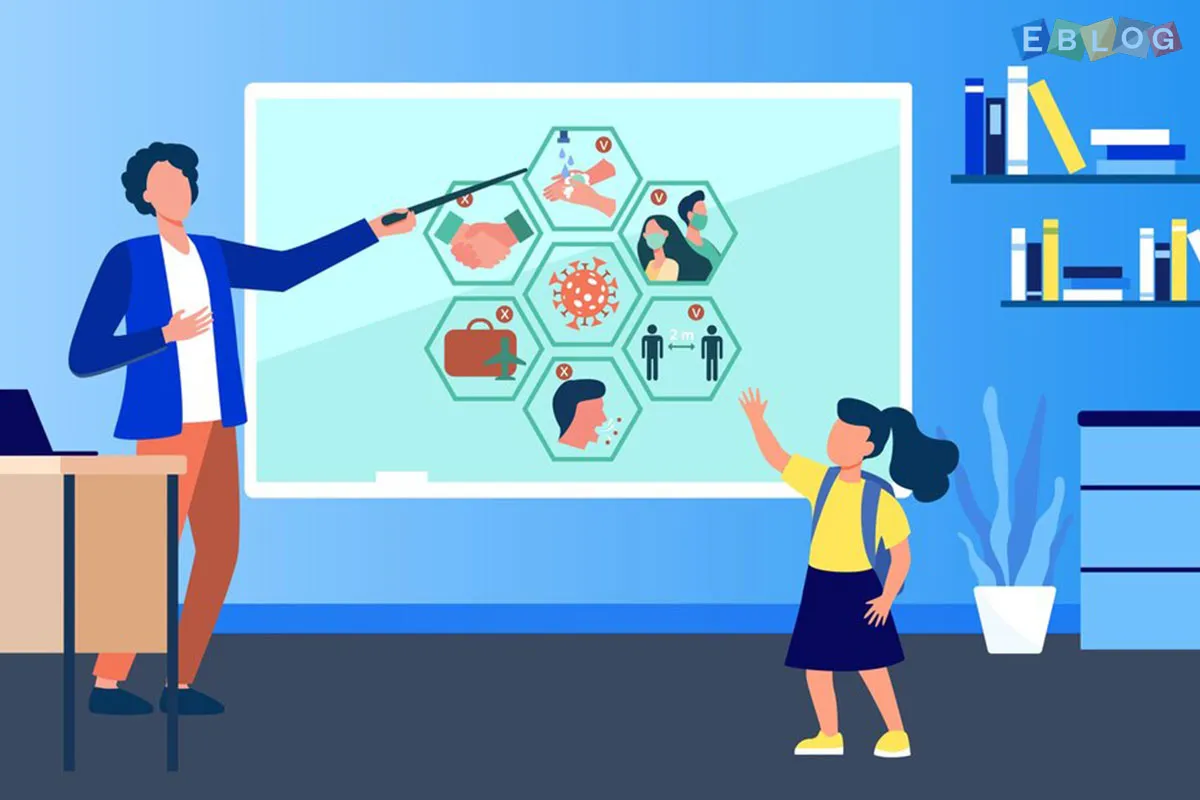
Ways To Make Online Learning More Effective For Students
- 10 Mar, 2024
- Education
- 1012 Views
- 0 Comments
In today's digital age, online learning has become an integral part of education. With the advancements in technology, students now have access to a wealth of educational resources and opportunities at their fingertips. However, navigating the world of online learning can sometimes be overwhelming, leading to challenges in engagement and comprehension. To address these hurdles, exploring ways to make online learning more effective for students is essential. Here are some strategies to enhance the online learning experience:
1. Interactive Content Delivery:
Incorporate multimedia elements such as videos, animations, and interactive simulations to make the learning experience more engaging and immersive. Interactive content not only captures students' attention but also helps reinforce concepts through visual and hands-on learning.
2. Structured Learning Pathways:
Provide clear and organized learning pathways that guide students through the course materials. Breaking down the content into manageable modules or units with clear objectives and milestones can help students stay focused and track their progress effectively.
3. Active Participation:
Foster a sense of community and collaboration among students through discussion forums, group projects, and peer-to-peer interactions. Encouraging active participation not only promotes deeper learning but also cultivates a supportive learning environment where students can learn from each other's perspectives.
4. Personalized Learning:
Tailor the learning experience to meet students' individual needs and preferences. Utilize adaptive learning technologies and personalized learning platforms to deliver customized content, assessments, and feedback based on students' strengths, weaknesses, and learning styles.
5. Regular Feedback and Assessment:
Provide timely and constructive feedback on student's performance to help them gauge their progress and identify areas for improvement. Incorporate a variety of formative and summative assessments, such as quizzes, assignments, and projects, to assess understanding and mastery of the material.
6. Accessible Resources:
Ensure that course materials and resources are easily accessible and available in multiple formats to accommodate diverse learning needs. Provide alternative formats for lectures, textbooks, and supplementary materials, including audio recordings, transcripts, and accessible documents for students with disabilities.
7. Engaging Learning Activities:
Design interactive and hands-on learning activities that encourage active participation and critical thinking. Incorporate real-world examples, case studies, and problem-solving tasks to make the learning experience relevant and practical.
8. Continuous Improvement:
Regularly evaluate and refine the online learning experience based on student feedback and performance data. Solicit input from students through surveys, focus groups, or course evaluations to identify areas for improvement and implement changes accordingly.
9. Technical Support and Assistance:
Offer comprehensive technical support and assistance to help students navigate the online learning platform and troubleshoot any issues they may encounter. Provide clear instructions, tutorials, and help resources to empower students to overcome technical challenges independently.
10. Promote Self-Regulated Learning:
Encourage students to take ownership of their learning journey by promoting self-regulated learning strategies such as goal setting, time management, and self-assessment. Empower students to set realistic goals, monitor their progress, and adapt their study strategies as needed to achieve academic success.
In conclusion, by implementing these strategies, educators can create a more effective and engaging online learning environment that fosters student success and promotes lifelong learning. By leveraging technology, fostering collaboration, and tailoring the learning experience to meet individual needs, we can unlock the full potential of online learning and empower students to thrive in the digital age.















Leave a Reply